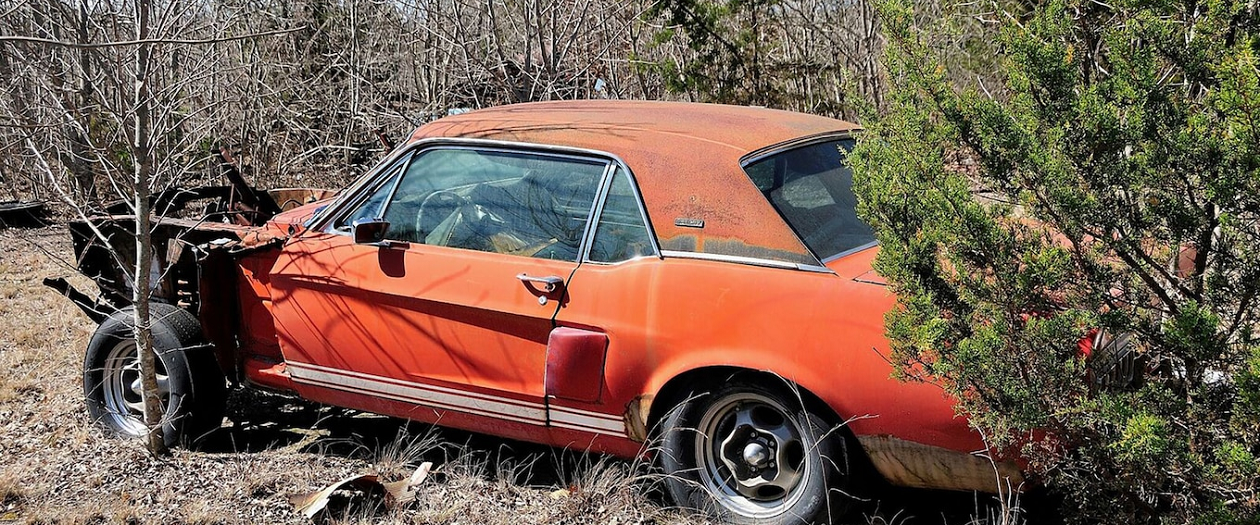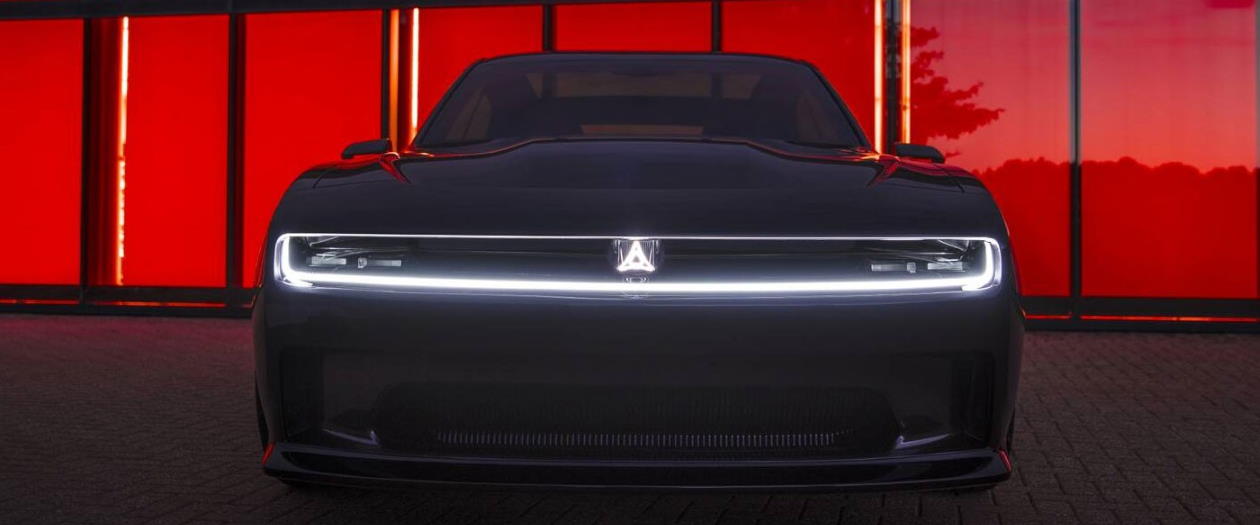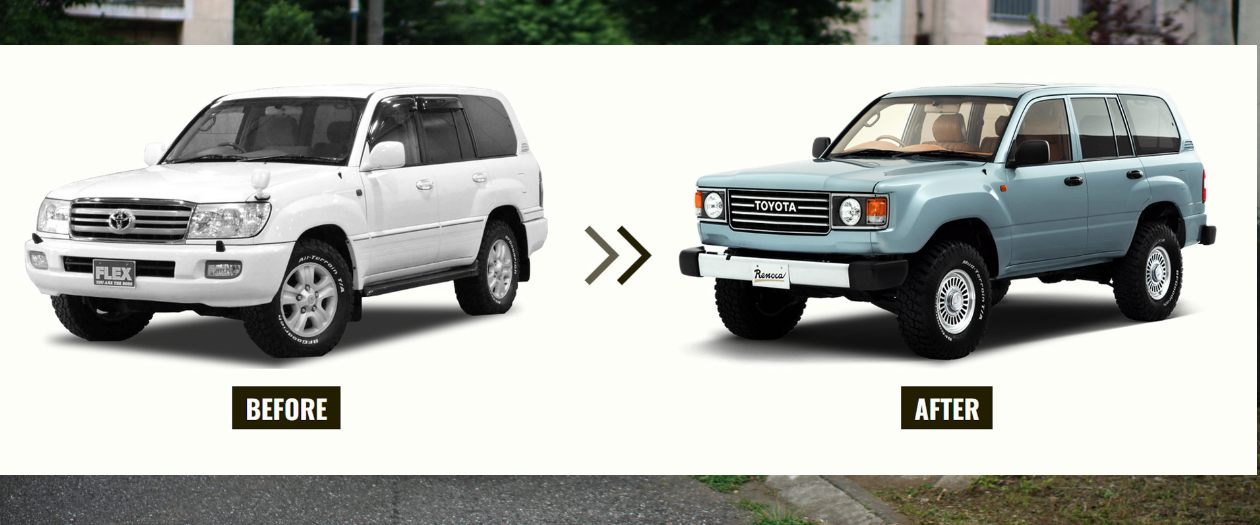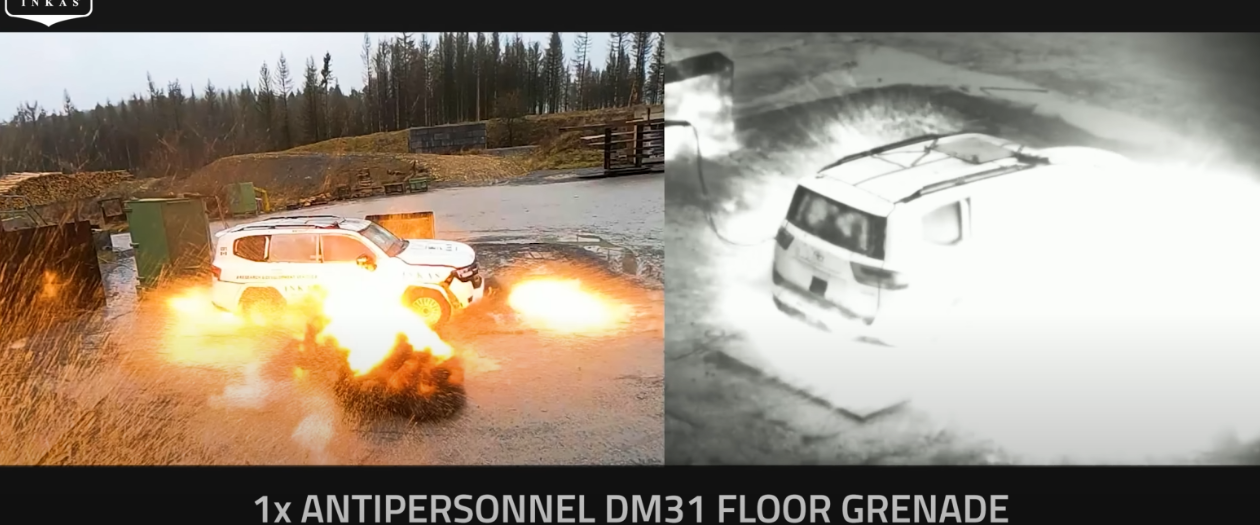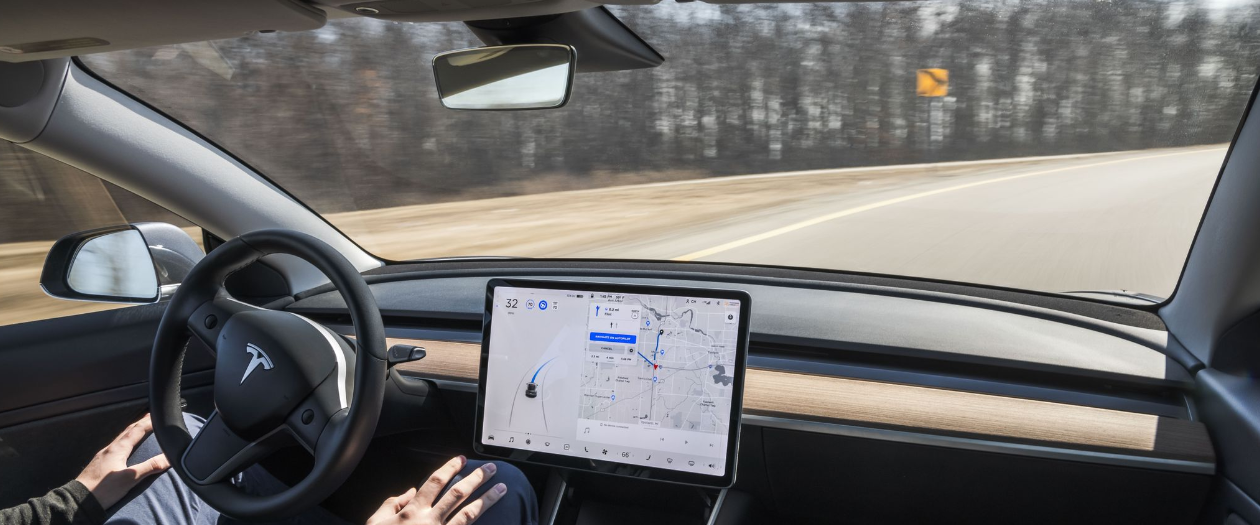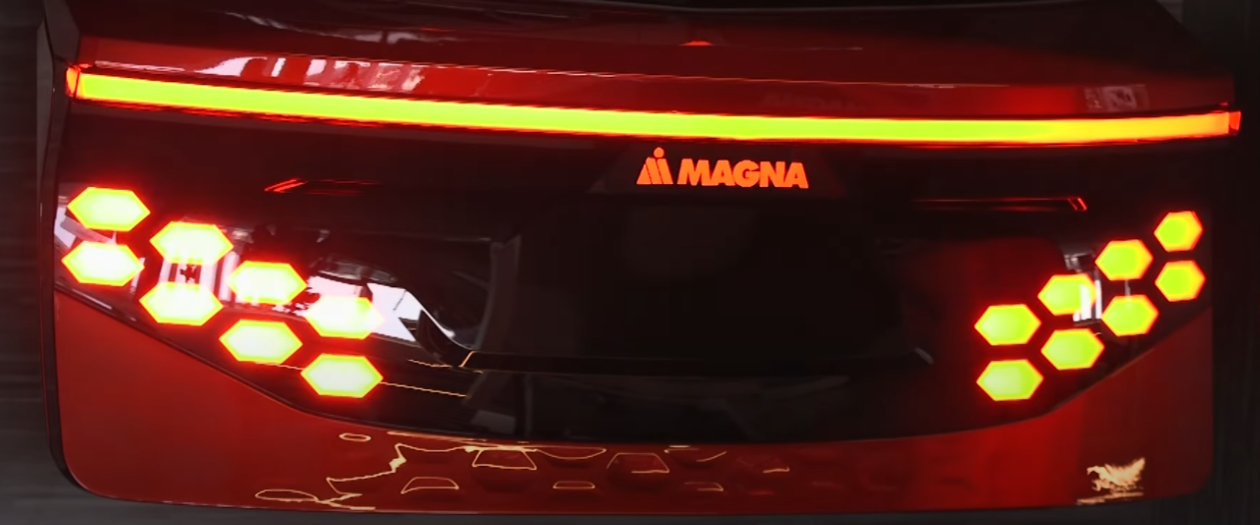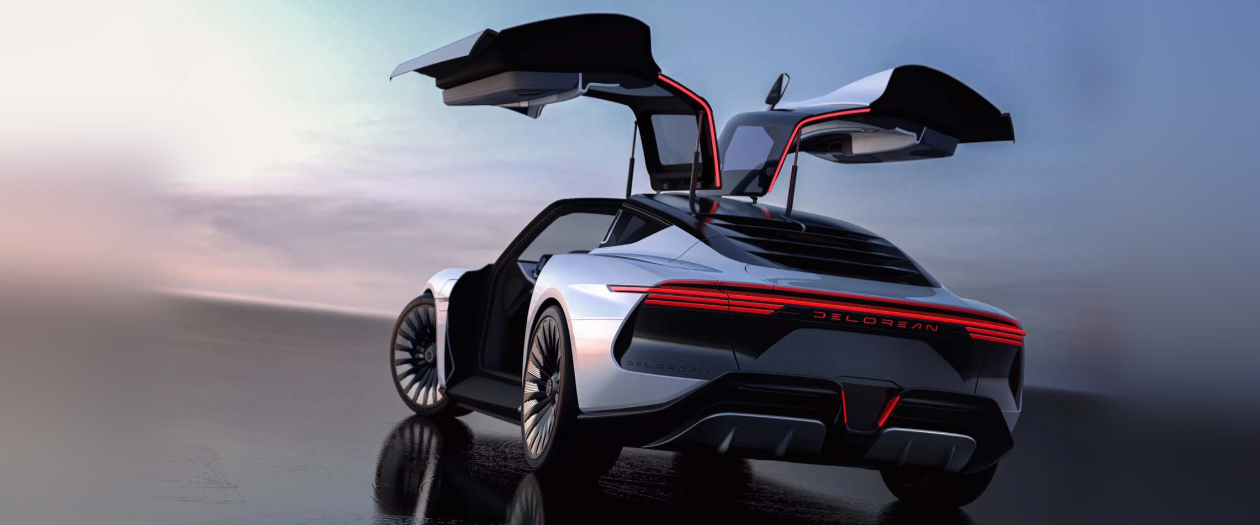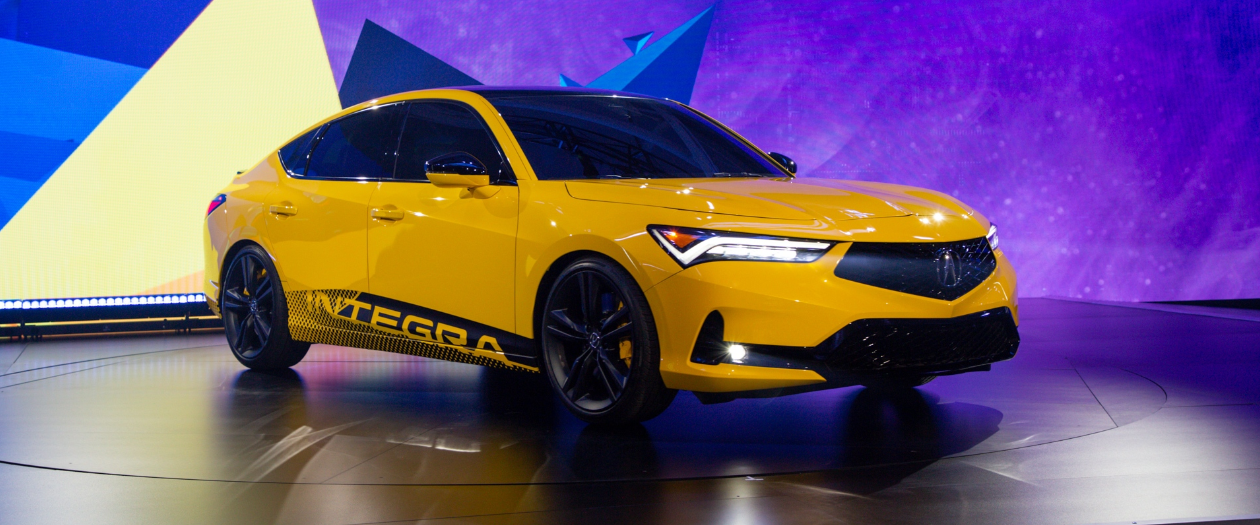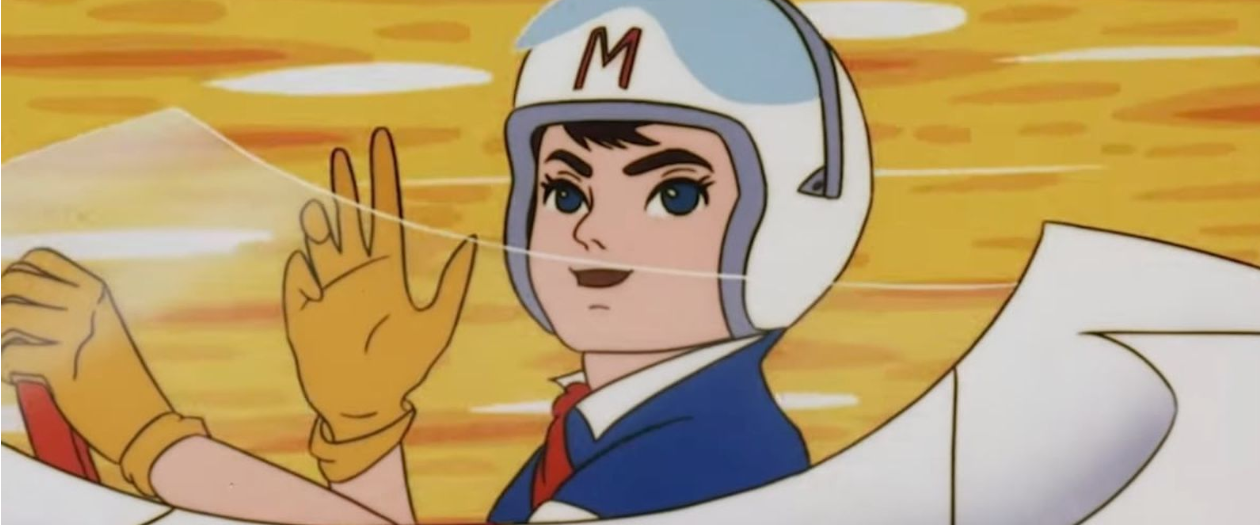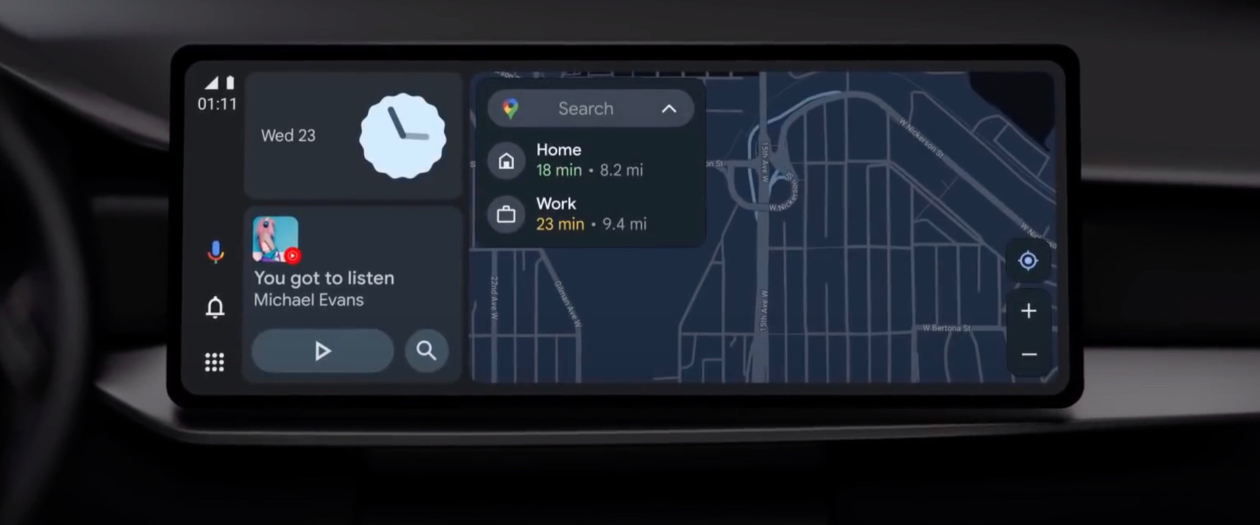The property owner had no idea that the vehicle was rusting away amongst their mesquite trees, let alone that it was the rare prototype known as "Little Red." CEO and chairman of Barrett-Jackson would confirm the discovery at verification at a private event held at the Henry Ford Museum in Dearborn, Michigan, stating the following.
"Finding Little Red is the discovery of a lifetime. This Shelby prototype has been one of the most sought-after and elusive vehicles in postwar history. Countless enthusiasts and experts have searched for Little Red since it went missing in the 1960s. Many believed it was destroyed when the car was no longer needed. I'm excited to announce that was not the case. We've found Little Red and we intend to meticulously restore this legendary car back to its original glory."
Carroll Shelby's current living relative and Shebly international board member Aaron Shelby, as well as Henry Ford the Third, were present at the reveal. The discovery itself was led by Jackson, in collaboration with car restoration specialist Jason Billips. Built by Ford and Shelby, Little Red was a test model meant to try out various experimental ideas. This ranged from a horizontal taillight setup, to a Paxton supercharger. The Little Red design would later lead the development of the 1968 Ford Mustang Californa Special.
Billips would express the difficulty they had tracking down the vehicle, which was thought in storage for years.
"Locating Little Red was tantamount to finding the proverbial needle in a haystack. After our initial research we realized that, like others before us, we were using the wrong search criteria. Everyone looked for Little Red using the Shelby serial number, which would eventually lead to a dead end. We took a different approach and located the car's original Ford VIN number, which wasn't easily discoverable. That VIN led us to its original registration and eventually to its last owner."
Billips and his team would confirm the vehicle's authenticity using serial numbers, date codes, and other documentation. Little Red is now undergoing a full and proper restoration, sponsored by Shell and Pennzoil. Stay tuned for the complete project in the coming months.
